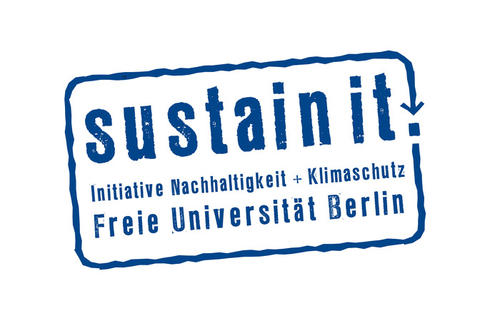Electricity & Heat
In laboratory operations, numerous devices consume energy, such as laminar flow benches, autoclaves, dishwashers, drying ovens, water baths, incubators, and ice machines. Did you know that a single drying oven can incur €1,000 in electricity costs per year?
Reduce Standby Power Consumption
Many electrical devices continue to consume unnecessary power even in standby mode. To save energy, electrical devices should not only be turned off but also disconnected from the power grid when not in use or, at the latest, at the end of the workday or on weekends (unplug or use switchable power strips).
Use stickers to differentiate devices that may be turned off after each use or those that should remain connected to meet research parameters. Stickers are available from the Sustainability & Energy Unit.
The standby mode and screensavers of computers also consume a significant amount of energy. If workplace PCs are not used for more than 60 minutes, it is advisable to shut them down.
Pay attention to the rated power of the devices. But, particularly, the operating times of the devices are crucial!
|
Device |
Rated Power (Watt) |
|
Amino Acid Analyzer |
300 |
|
PC |
100 |
|
Monitor |
72 |
|
Autosampler |
250 |
|
Centrifuge |
300 |
|
Freezer |
400 |
Optimizing Device Usage
Electrical devices are particularly efficient when the size or power of the device is suitable for the task. Before starting experiments, check if lower-powered devices are available, possibly in other research groups. If it is foreseeable that many experiments must be conducted with oversized or suboptimal devices for the task, consider the possibility of acquiring new equipment.
Limit the Number of Devices
Create a list of available laboratory equipment and exchange information with other research groups in your institution or department. For portable devices, you can introduce a booking or borrowing system. For stationary devices, consider if it is possible to make workstations available to researchers from other labs. The list can help optimize the use of equipment in the institution or department when planning to purchase new laboratory equipment.
Reduce Computing Power
Can computing power be adjusted or reduced in complex computational operations? This saves energy. Research suitable software tools and their carbon footprint. Switching to other software versions can save up to 73% of CO2 emissions.
Work with Energy-Efficient Lighting
Always remember to turn off the lights when not needed or when the room is unoccupied.
Use exclusively LED light bulbs as they are particularly energy-efficient. If a switch to LED is not possible, consider purchasing new lighting. Even though LED bulbs may be more expensive, their acquisition is justified due to energy savings and long lifespan. For permanently installed lights, inform the technical staff and coordinate light bulb replacement with an electrician.
Proper Heating
Only heat as much as is truly needed. If you are frequently moving or have several devices running in the labs, the thermostat valve can be set to position 2.5 (approximately 19 °C). If you sit for long periods, consider setting it to level 3 (approximately 20 °C).
Turn the heating to position 0 when you open the windows for ventilation and only turn it up again when the windows are closed.
For the end of the workday, set the heating to position 2. A one-degree difference saves 5-6% of heating energy.
Close the doors to the corridors, as these should be heated as little as possible due to energy-saving regulations starting from September 1, 2022.





